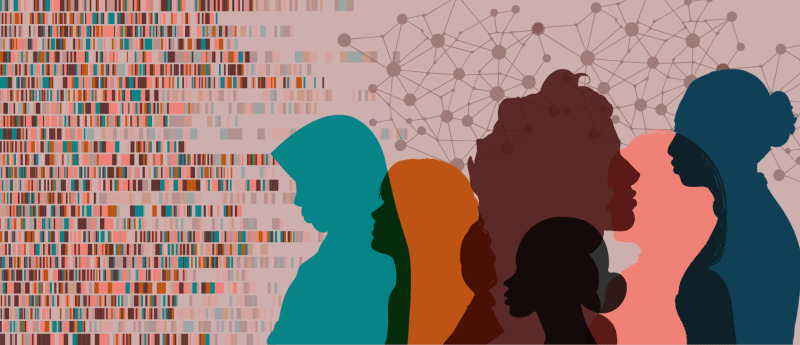How to read a genome in 2025: a computational perspective on the code of life

We've come a long way since first sequencing the human genome; however, interpreting genomic data remains a substantial challenge. Here, bioinformatics scientist at Baylor College of Medicine (TX, USA) Jasmine Baker shares the computational tools that can help extract meaningful information from genomic data, providing both practical tips and common pitfalls. In 2001, sequencing the first human genome was a monumental feat: a US$3 billion, multi-institutional effort that took over a decade. Two decades later, the cost of genome sequencing has plummeted to under US$200, and the turnaround time is measured in hours, not years. While generating the data has...
To view this content, please register now for access
Join our member community for FREE to access a collection of journal and online-only features, including:
- Exclusive access to educational videos, eBooks and insights into top BioTechniques journal articles
- The latest news and journal updates delivered straight to your inbox when you want it
- Personalized recommendations for the latest member-exclusive podcasts, interviews and expert opinions
- Priority registration to webinars, panel discussions and events
- Access to competitions and journal publication discounts, including 10% off open access fees when you sign up today!